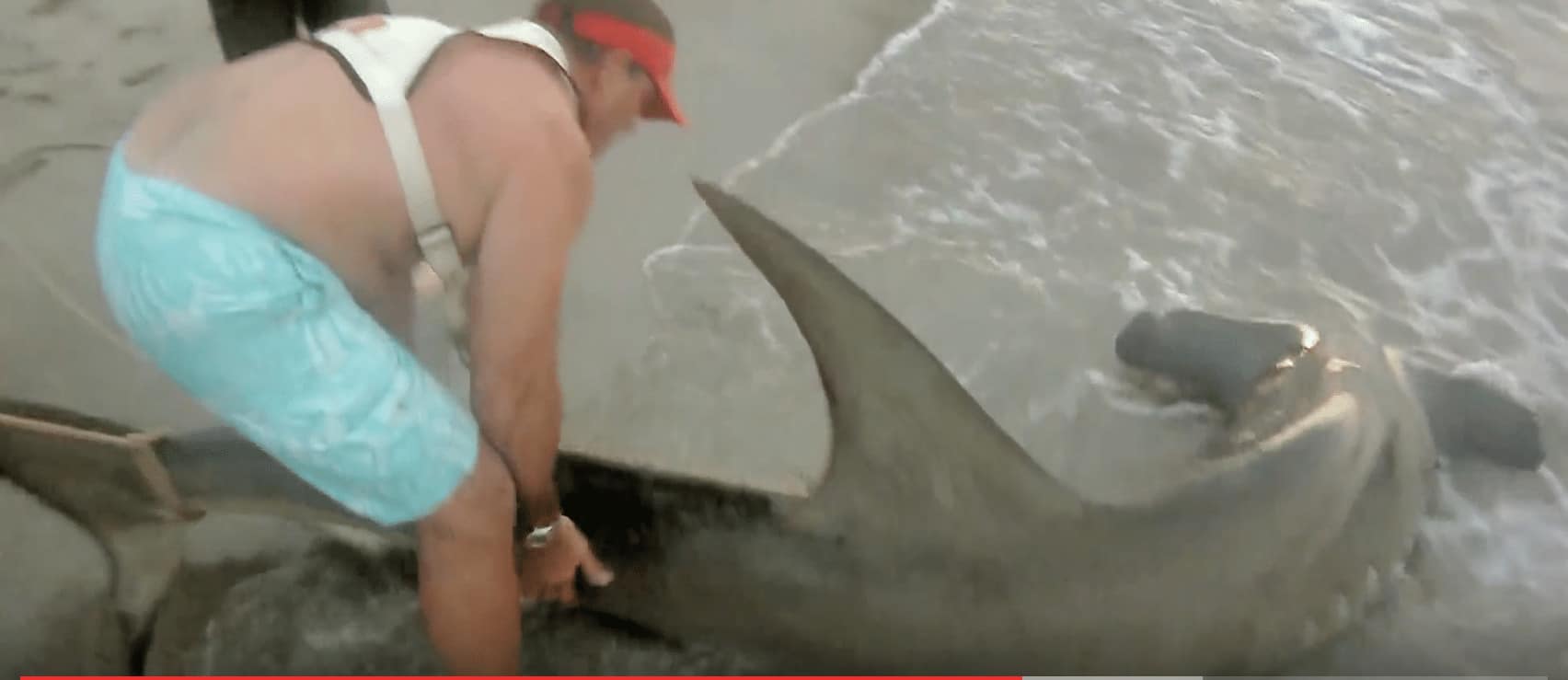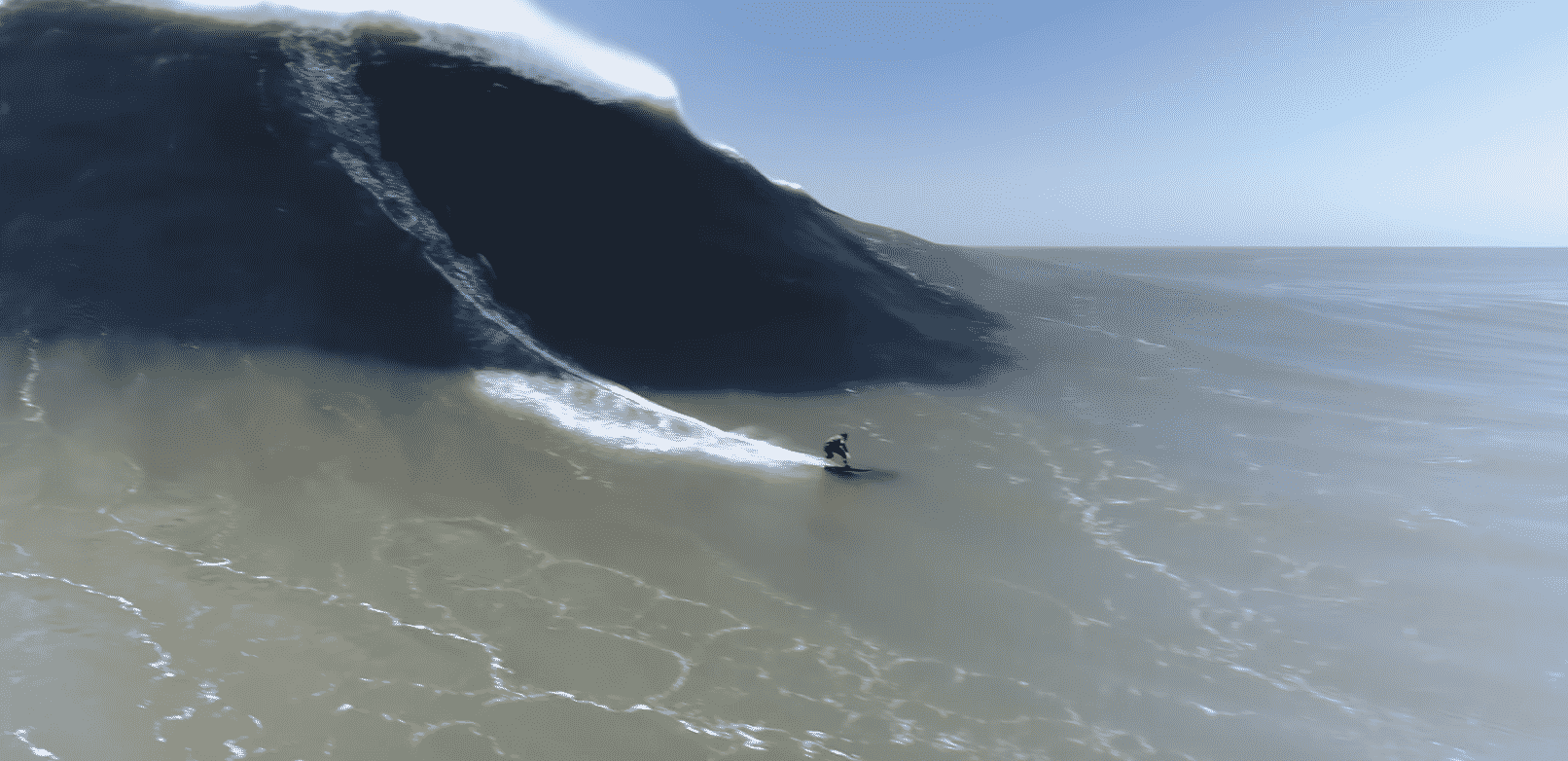
In an effort to ease flooding conditions and relieve estuaries along the southwest coast, Florida is to release water from Lake Okeechobee to Everglades National Park.
The releases are allowed under emergency conditions and will allow water to flow from south of the lake to the park, where it’s needed most. Historic January rains – the most in 80 years – pushed the level of Lake Okeechobee well beyond the 12.8-foot mark deemed safe by the Corps of Engineers. As of Monday, the lake level was 16.21 feet, according to a Corps of Engineers website. This means they’ll be releasing more than 10 billion gallons of water a day.
Moving water under emergency conditions isn’t anything new. However, those operations occurred as a result of tropical storms and hurricanes. This is the dry season, making it the first time floods and water quality issues have risen under such conditions.
“I’ve never seen this kind of water in the dry season in my life,” said Ron Bergeron, a Florida Fish and Wildlife Conservation Commissioner. Bergeron spent several days meeting with several agencies and Governor Rick Scott, speaking on how serious the condition is according to NewsPress.com.
U.S. Army Corps of Engineers approved the first part of Governor Scott’s plan on Monday.
Some Southwest Florida leaders have protested the discharges into the Caloosahatchee, arguing the flow that eventually gushes into the Gulf of Mexico endangers the delicate estuaries that survive on uniquely balanced brackish water according to the Naples Daily News.
“It’s not that the freshwater is a horrible thing, but it’s horrible if you’re an organism that only lives in saltwater. It could really mess up the beaches,” FGCU Professor Donald Duke told the Eagle News. “It’d be a better choice to use that money for a long-term solution like improving the dike or improving the water distribution system, but that wouldn’t solve our problem for this year,” Duke said.
Starting Monday, water will be released from the lake to the park, decreasing flows into the Caloosahatchee and St. Lucie rivers. Certain leaders in Southwest Florida protest the discharges into the Caloosahatchee, saying the flow leads to the Gulf of Mexico, endangering estuaries that survive on uniquely balanced brackish water.
“I applaud the U.S. Army Corps of Engineers’ quick action to move water south through the Shark River Slough to ease flooding in the Everglades,” Scott said in a news release. “This action will help prevent a die off of wildlife whose habitat is currently flooded and eventually relieve pressure from discharges to the estuaries.”
The South Water Management District emptied part of the Everglades known as Conservation Area 3 after receiving approval from the Corps of Engineers. According to a news release from the agency, the area emptied at a rate of 10,000 gallons per second, flowing through the L-29 Canal, along Alligator Alley and made its way into Shark River Slough.







